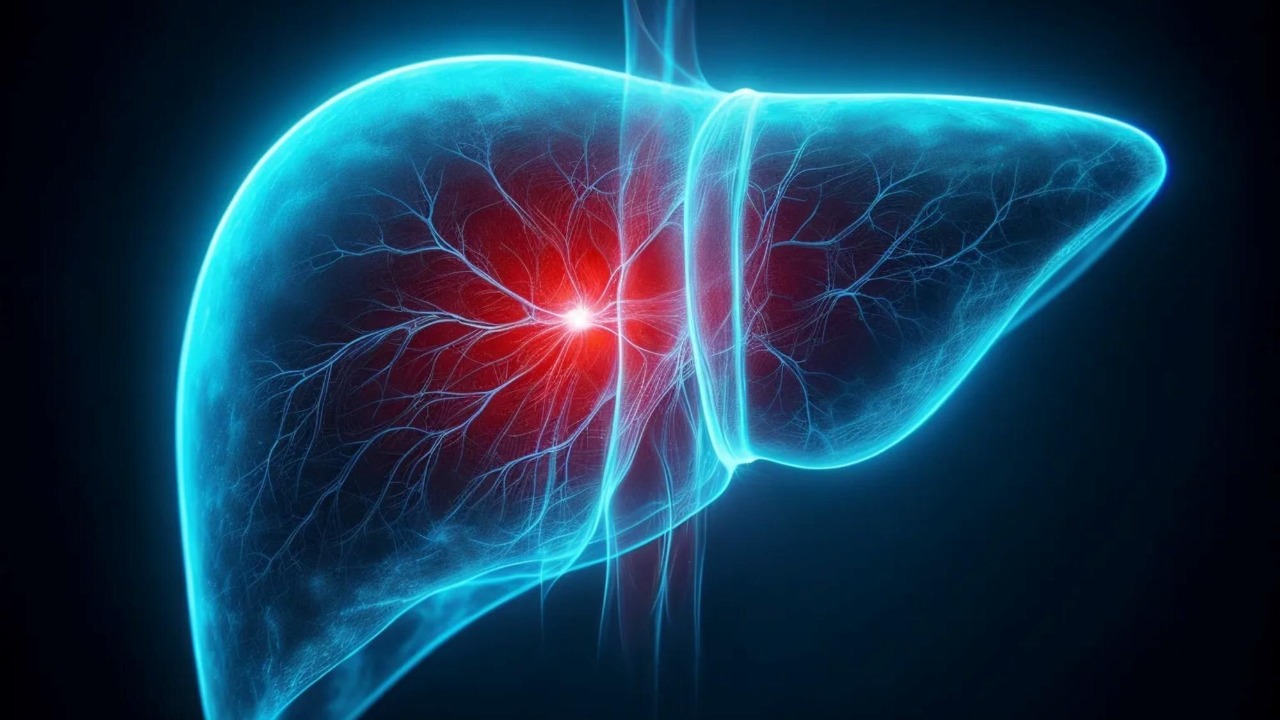
Scientists have achieved a groundbreaking advancement in preclinical testing by growing mini human livers, known as organoids, that can predict toxic drug reactions. This significant development, announced in October 2025, was spearheaded by researchers at Cincinnati Children’s, who have developed a new human liver organoid platform specifically designed to predict immune-mediated drug toxicity. This innovation offers a more accurate model for human responses, building on earlier work in human organoids for predictive toxicology research and drug development.
Mini Human Livers: The Organoid Innovation
The creation of mini human livers, or organoids, involves developing three-dimensional structures that mimic liver tissue to test drug effects. These organoids are grown from human cells and are designed to replicate the complex cellular interactions found in human livers, which are often absent in traditional animal models. This innovative approach allows scientists to observe how drugs interact with liver cells in a way that closely mirrors human physiology, providing a more reliable prediction of drug toxicity.
These organoids are miniaturized versions of human livers, grown to simulate real organ responses. By replicating the functions of a human liver, organoids can predict how drugs will affect liver cells, including potential toxic reactions. This capability is crucial for identifying harmful drugs before they reach clinical trials, thus improving the safety and efficacy of new pharmaceuticals. The scale and structure of these organoids make them a powerful tool in the field of drug development, as they offer insights into human-specific drug responses that are not possible with animal testing.
Predicting Toxic Drug Reactions
The ability of these organoids to forecast toxic drug reactions is a major breakthrough. By exposing the organoids to various compounds, researchers can measure cellular damage and predict adverse effects. This process is particularly valuable for identifying immune-mediated drug toxicity, where the platform can detect harmful immune responses in liver cells. Such predictions are essential for ensuring that drugs are safe for human use, as they allow researchers to identify potential issues early in the development process.
Integrating these organoids into drug development pipelines could significantly reduce failure rates in clinical trials. By detecting toxicity early, pharmaceutical companies can avoid investing in drugs that are likely to fail due to safety concerns. This not only saves time and resources but also accelerates the development of safe and effective medications. The predictive capabilities of these organoids represent a significant advancement in the field of toxicology, offering a more accurate and efficient method for assessing drug safety.
Advantages Over Traditional Testing Methods
Compared to traditional animal testing, organoids offer several advantages. They provide human-specific accuracy for drug toxicity predictions without the ethical concerns associated with using live animal models. This human-centric approach ensures that the results are more relevant to human health, reducing the risk of unexpected adverse effects when drugs are tested in humans. Additionally, the organoid platform’s focus on immune-mediated effects addresses a critical gap in previous testing methods, such as two-dimensional cell cultures, which often miss these complex interactions.
Historically, technologies like the Liver-Chip, developed in 2019, have been used to reproduce human and cross-species drug toxicities. However, these earlier models lacked the depth of immune prediction that current organoids provide. The ability to accurately predict immune-mediated drug toxicity is a game-changer for the pharmaceutical industry, as it allows for more comprehensive safety assessments. This advancement underscores the importance of continuing to develop and refine organoid technology to enhance drug testing methodologies.
Applications in Toxicology and Drug Development
Organoids are poised to revolutionize predictive toxicology research by screening drugs for liver-specific toxicities before they reach human trials. This early detection capability is crucial for identifying safe drug candidates and reducing the likelihood of late-stage failures. By streamlining the drug development process, organoids can help pharmaceutical companies bring new medications to market more quickly and cost-effectively. The potential for faster drug development is a significant benefit, as it allows for more rapid responses to emerging health challenges.
Beyond liver-specific applications, the success of organoids in modeling multi-species toxicities suggests potential cross-applications to other organoid types. Building on the successes of technologies like the Liver-Chip, organoids could be used to test a wide range of pharmaceutical products across different organ systems. This versatility makes organoids an invaluable tool for the pharmaceutical industry, as they offer a comprehensive platform for assessing drug safety and efficacy.
In conclusion, the development of mini human liver organoids marks a significant milestone in the field of drug testing and development. By providing a more accurate and ethical alternative to traditional testing methods, organoids have the potential to transform the way drugs are developed and tested, ultimately leading to safer and more effective treatments for patients worldwide.
For more information, you can read the full articles on Science Daily, Frontiers in Genetics, Cincinnati Children’s Science Blog, and Science Translational Medicine.